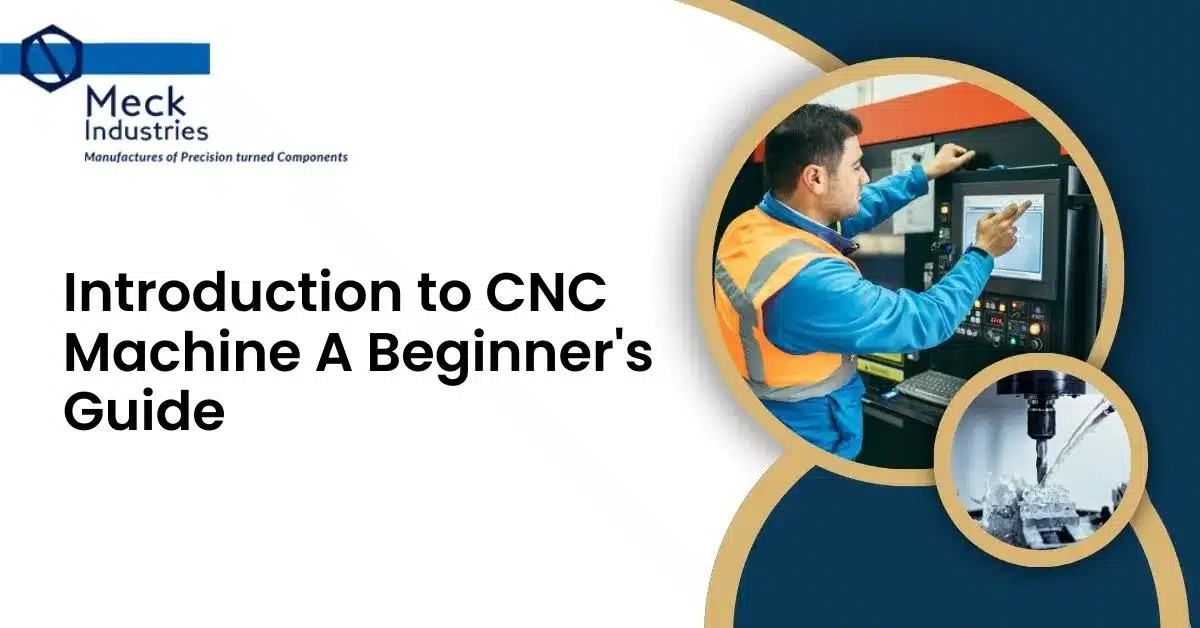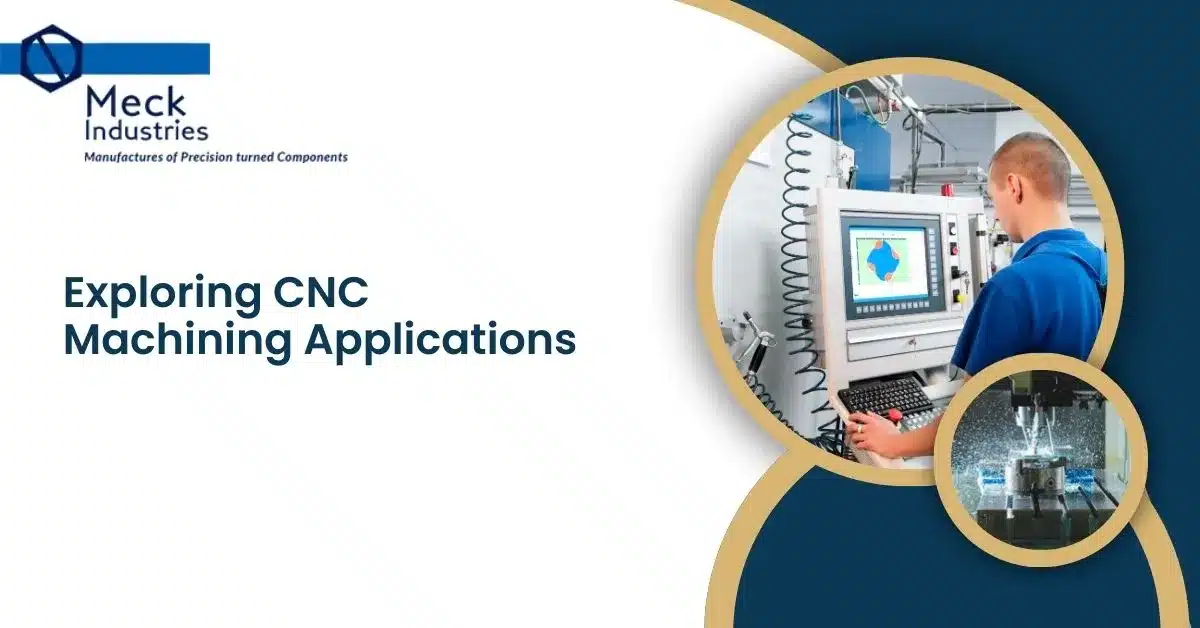
If you’re new to the world of manufacturing, you’ve probably heard the term CNC machine thrown around. But what exactly is a CNC machine, and why is it so crucial in modern manufacturing? This beginner’s guide will walk you through the basics of CNC (Computer Numerical Control) machines, their functions, and their importance in industries worldwide.
What is a CNC Machine?
A CNC machine is a type of manufacturing equipment that uses computer programming to control the movements and actions of tools and machinery. Unlike traditional machines that require manual operation, CNC machines follow pre-programmed software to perform tasks such as drilling, cutting, grinding, and milling with high precision and accuracy.
CNC machines are used to produce complex parts and components that require high precision and repeatability. They are essential in industries such as aerospace, automotive, medical, and electronics, where consistency and accuracy are paramount.
The History and Evolution of CNC Machines
The concept of CNC machines dates back to the 1940s when engineers at MIT developed a system to automate the control of machine tools using punched cards. However, it wasn’t until the 1960s that the first true CNC machine was created, incorporating computer-based control systems. Since then, CNC machines have continued to evolve, becoming faster, more precise, and capable of handling more complex tasks.
Today, CNC technology is a backbone of modern manufacturing, offering companies the ability to produce high-quality products with minimal human intervention.
How Does a CNC Machine Work?
CNC machines are powered by computer software, which guides the machine’s movements. Here’s a simplified breakdown of how a CNC machine works:
- Designing the Part (CAD): The first step is designing the part or product in CAD (Computer-Aided Design) software. CAD software allows engineers to create detailed 2D or 3D models of the components they want to manufacture.
- Converting Design to Code (CAM): After the design is complete, the next step is converting the CAD file into machine-readable code (usually G-code) using CAM (Computer-Aided Manufacturing) software. This code instructs the CNC machine on how to move, what tools to use, and the speed at which to operate.
- Machine Operation (CNC Control): Once the G-code is generated, it is sent to the CNC machine, where the machine’s controller reads and executes the instructions. The machine then performs the desired operations, such as drilling, cutting, or shaping, on the workpiece.
- Monitoring the Process: Throughout the process, the machine continuously follows the instructions provided by the software, ensuring the part is produced accurately. In many cases, operators monitor the machine remotely to make adjustments or check for any issues.
Ready to optimize your CNC machines with high-quality parts? Contact us today to explore our range of precision CNC machine components for enhanced performance and reliability!
Types of CNC Machines
There are several different types of CNC machines, each designed for specific tasks. Some of the most common CNC machines include:
- CNC Mills: These are versatile machines used for cutting, drilling, and shaping materials. CNC milling machines can perform a variety of tasks on flat and cylindrical surfaces.
- CNC Lathes: Used primarily for shaping cylindrical or round parts, CNC lathes rotate the workpiece against a cutting tool to shape it.
- CNC Routers: These machines are used for cutting large, flat sheets of material, such as wood, plastics, and composites. CNC routers are often used in the woodworking and sign-making industries.
- CNC Lasers: These machines use laser beams to cut, etch, or engrave materials with extreme precision.
- CNC Plasma Cutters: Plasma cutters use high-temperature plasma to cut through metal and other conductive materials.
CNC Machine Parts Manufacturers
The performance of a CNC machine heavily depends on the quality of its individual parts. CNC machine parts manufacturers play a crucial role in producing high-quality components that ensure smooth operation, precision, and durability of the machines. These manufacturers supply a range of parts, including:
- Spindles: Responsible for holding and rotating tools during the machining process.
- Linear Guides: Provide smooth movement for the CNC machine’s axes.
- Ball Screws: Ensure accurate positioning of the machine’s moving parts.
- Motors: Provide the power necessary for the machine to operate.
- Control Systems: The brain of the CNC machine, managing the execution of instructions from the software.
Choosing the right CNC machine parts manufacturer ensures that your CNC machines operate efficiently, reducing downtime and maintaining high production standards.
Benefits of Using CNC Machines
CNC machines offer numerous advantages to manufacturers, making them indispensable in modern machining. Some of the key benefits include:
- High Precision and Accuracy: CNC machines can create parts to extremely tight tolerances, ensuring that products are consistent and of high quality.
- Increased Efficiency and Speed: CNC machines automate many of the processes that would otherwise require manual labour, reducing production time and increasing output.
- Repeatability: CNC machines can produce identical parts with the same level of precision every time, making them ideal for mass production.
- Complexity: CNC machines can perform intricate tasks that would be difficult or impossible to achieve with manual machining.
- Cost-Effectiveness: Although CNC machines are an investment, they can reduce long-term costs by improving efficiency, reducing errors, and minimizing the need for manual labour.
- Flexibility: With CNC machines, manufacturers can easily change designs or tweak production parameters without needing to retool the entire machine.
Applications of CNC Machines
CNC machines are used across various industries to manufacture a wide range of products. Here are just a few examples of their applications:
- Aerospace: CNC machines are used to create precise, complex parts for aircraft and spacecraft, including engine components, landing gear, and airframes.
- Automotive: CNC machines are used to manufacture engine components, transmission parts, and custom car parts with high accuracy.
- Medical Devices: In the medical field, CNC machines are used to create surgical instruments, implants, and prosthetics.
- Electronics: CNC technology is also used in the production of electronic components such as circuit boards and connectors.
Frequently Asked Questions
What industries use CNC machines?
CNC machines are used in various industries including aerospace, automotive, medical device manufacturing, electronics, and metalworking, where high precision and complex designs are required.
Can beginners use CNC machines?
Yes, beginners can use CNC machines, but it requires understanding how to create and convert CAD designs, as well as how to operate the software that controls the machine. Proper training and experience are important for safe and effective use.
How accurate are CNC machines?
CNC machines are highly accurate, with the ability to produce parts to very tight tolerances, sometimes within a few microns, making them ideal for industries where precision is crucial.
Conclusion
CNC machines are an essential tool in modern manufacturing, offering enhanced precision, efficiency, and flexibility. As industries continue to demand high-quality, complex components, CNC machining will remain at the forefront of innovation. Whether you’re designing intricate medical devices or producing high-performance automotive parts, CNC technology plays a pivotal role in transforming designs into reality.



